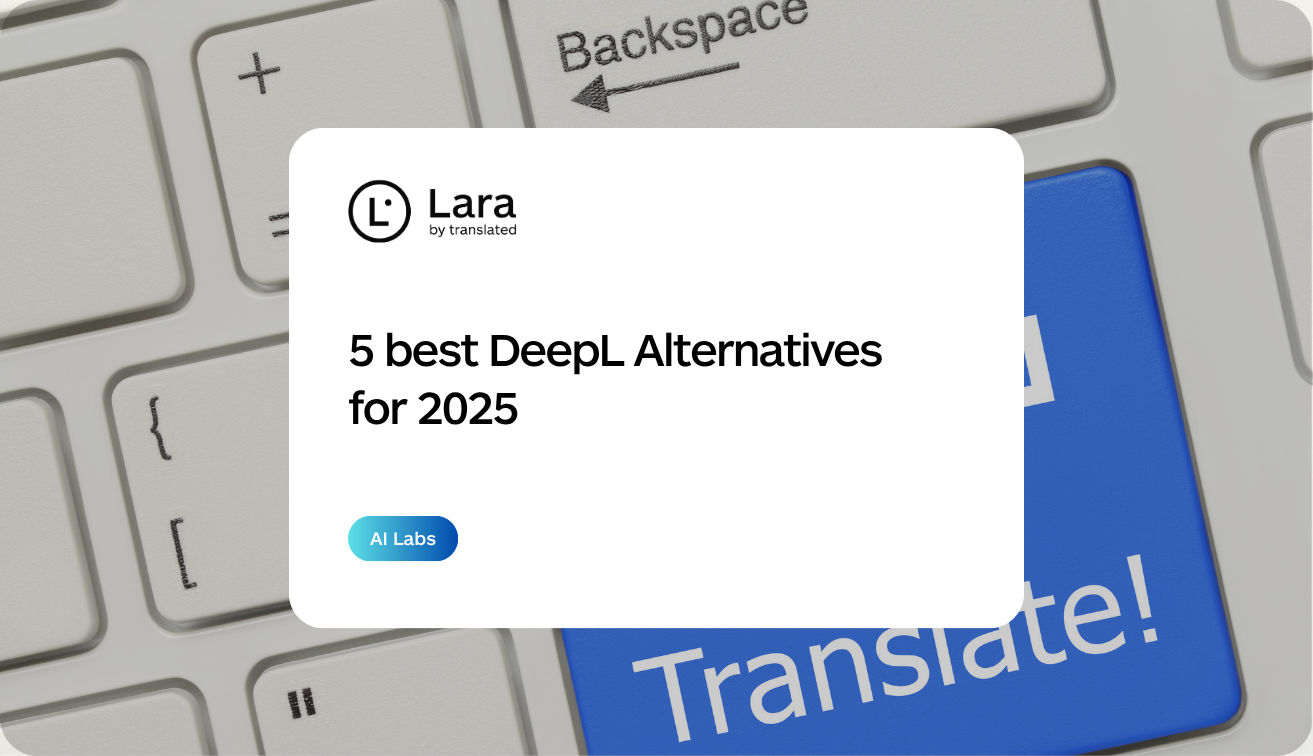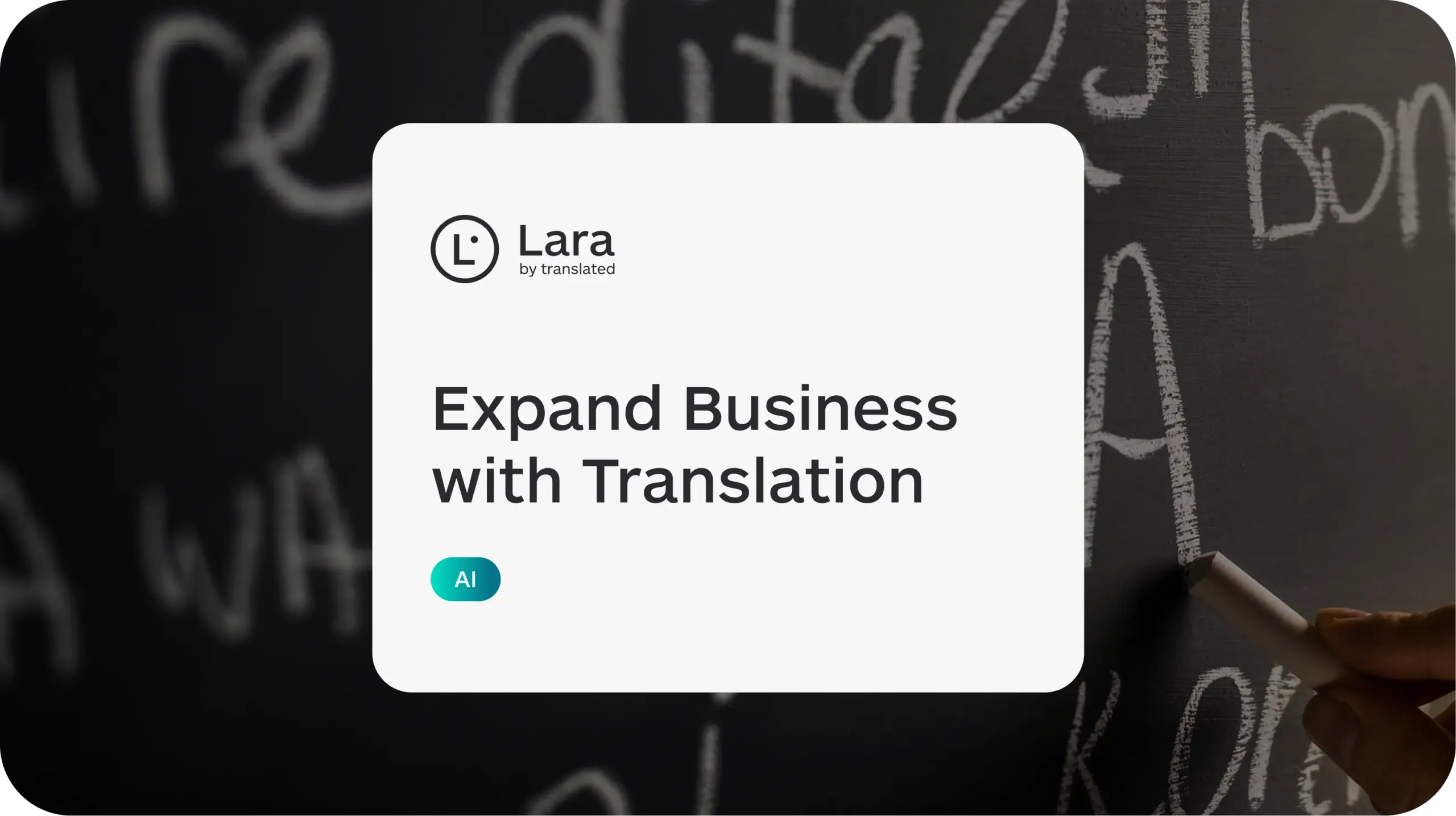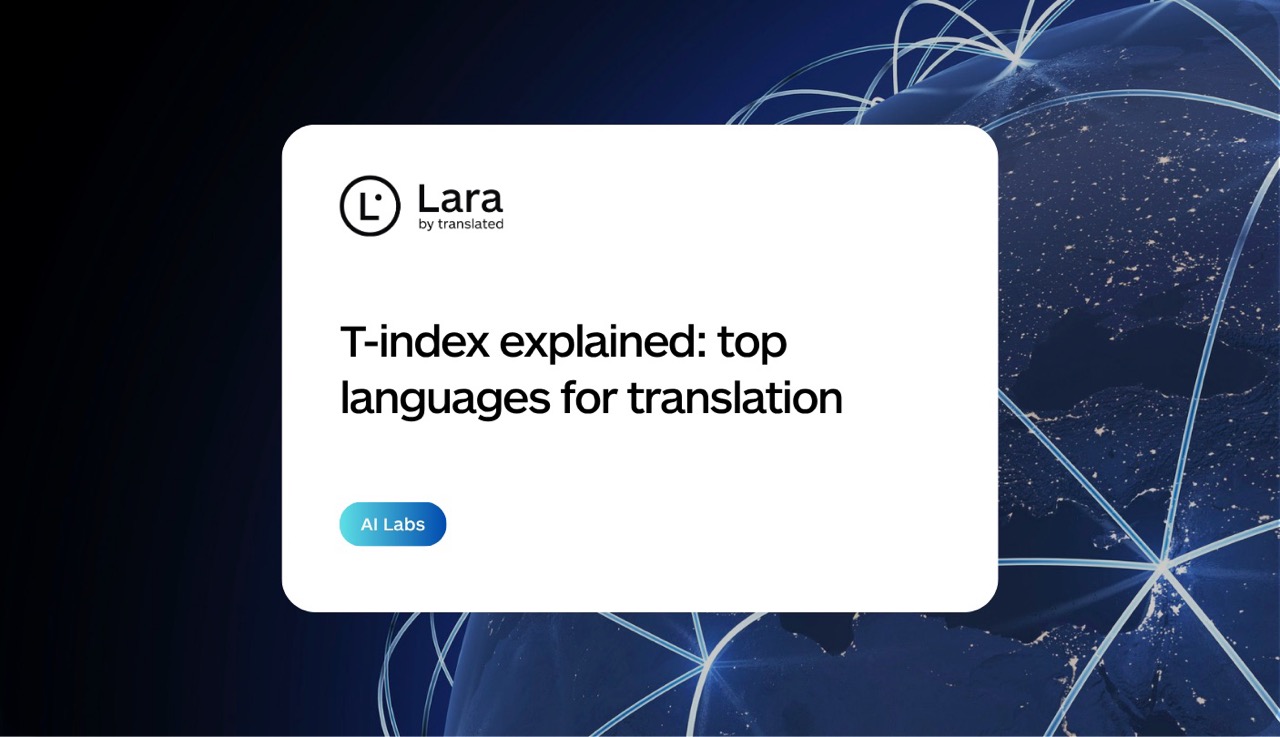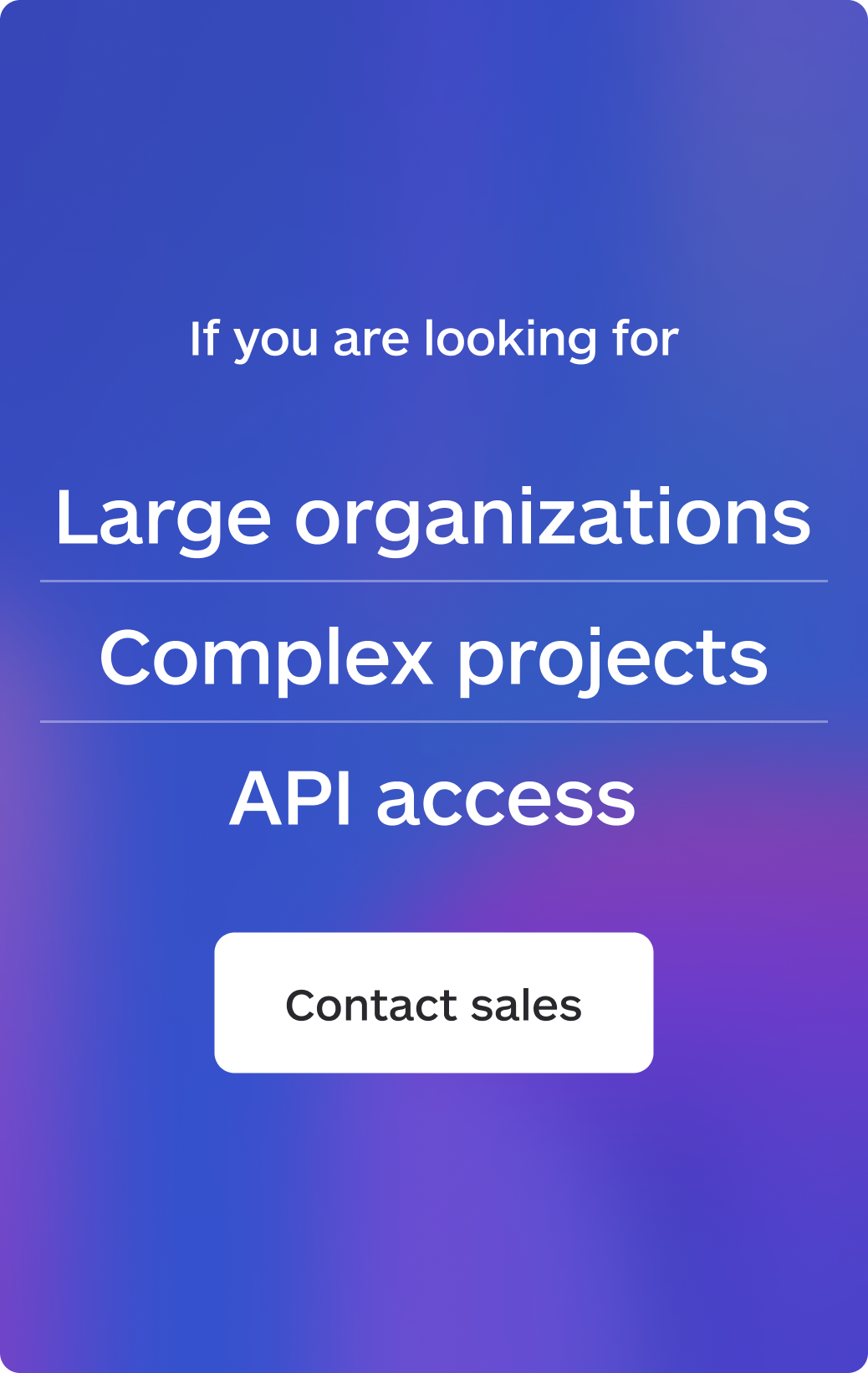Finding the best DeepL alternatives is now a key priority for anyone dealing with multilingual communication — from global businesses to individual professionals. DeepL may have set the standard as one of the first neural machine translation pioneers, but by 2025 the AI translation landscape has evolved rapidly, offering new and more specialized options for those who need greater precision, customization, and scalability.
The demand for sophisticated, efficient translation tools continues to grow exponentially as global communication becomes increasingly vital to business success. Whether you’re managing international business communications, localizing content for new markets, or simply trying to understand foreign text, selecting the right AI translator can make the profound difference between awkward phrasing and fluid, contextually accurate translations that resonate with your audience.
As businesses expand globally, translation quality directly impacts customer perception, legal compliance, and market penetration. The right DeepL alternative can significantly reduce translation costs while maintaining or even improving quality for specific language pairs and content types.
TL;DR
|
Why it matters
Choosing a translator by brand alone leads to hidden costs: rework, legal risk, and broken layouts. Mapping tools to content type, language pair, and security needs gives you higher quality and lower total cost of ownership. For most business content, Lara Translate pairs AI speed with context control and terminology governance.
Why experienced professionals are looking beyond DeepL in 2025
DeepL has established itself as a leading AI translator, particularly known for its output with European languages. However, several compelling factors are driving businesses and language professionals to explore DeepL alternatives in 2025.
- Language limitations remain a significant constraint. While DeepL covers major European languages, other translation tools now offer support for significantly more languages and dialects—some supporting over 130 languages compared to DeepL’s more limited selection. For businesses operating in diverse global markets, this language gap can become a critical bottleneck.
- Integration capabilities have become increasingly important as translation needs extend beyond simple text conversion. Many businesses require seamless integration with their content management systems, marketing platforms, or document workflows. Some AI translation tools provide more extensive API options and ready-made connectors that streamline multilingual operations.

- Specialized industry needs have grown more sophisticated. Different industries have unique terminology requirements that benefit from domain-adapted models. Legal, medical, technical, and marketing translations each demand specialized approaches that some DeepL alternatives address through targeted training data.
- Pricing considerations have evolved as translation volumes increase. DeepL’s pricing structure may not be optimal for all use cases, particularly for high-volume enterprise needs. Depending on your translation volume, other AI translators might offer more cost-effective solutions with tiered pricing that better aligns with business models.
As organizations implement comprehensive business translation strategies, these factors become increasingly important in selecting the right tools for different content types and language pairs.
How to choose a DeepL alternative
What are the best DeepL alternatives in 2025?
-
Short answer: Lara Translate, Google Translate, Microsoft Translator, Amazon Translate, and SYSTRAN are the most credible alternatives.
-
Rule of thumb: Pick by use case, not brand. For business docs with glossaries/TMs and layout, start with Lara Translate. For mass language coverage or dev pipelines, evaluate Google/Azure/AWS. For on-prem and heavy customization, look at SYSTRAN.
5 DeepL alternatives reshaping AI translation in 2025
| Feature | Lara Translate | Google Translate | Microsoft Translator | Amazon Translate | SYSTRAN |
|---|---|---|---|---|---|
| Language coverage | Expanding; strong non-English focus | Very broad; 100+ pairs practical | Broad across text/speech/image | Broad; dev-oriented coverage | Broad; enterprise key pairs |
| Document/format fidelity | High; ~55 formats; layout preserved | Basic via ecosystem apps | Solid in M365 workflows | Good; pipeline-dependent (Textract, etc.) | Strong; improves with customization |
| Glossaries / TMs | Built-in glossaries & TMs; instruction control; explain-choices; ambiguity flags | API glossaries (dev-led) | Custom terminology via API/dictionaries | Custom terminology; TMs via logic | Robust terminology; domain engines |
| APIs & integrations | UI + SDK; CAT/CMS connectors; Lara Translate Agent automation | Strong APIs; Google Workspace; mobile utilities | Deep M365/Teams; Azure AI services | Rich AWS APIs; easy embedding | Enterprise connectors; CAT/ERP; on-prem |
| Security / compliance | Enterprise options; EU data residency; team controls | Cloud-first; enterprise via Google Cloud | Enterprise-grade via Azure regions/policies | AWS security posture; IAM; regions | On-prem/private cloud; strict control |
| Pricing model | Subscriptions + enterprise plans | Free tier + pay-as-you-go (API) | Consumption-based (Azure); enterprise contracts | Pay-as-you-go; scales with volume | Enterprise licensing; premium tiers |
| Best for | Business documents, tone & terminology control, team workflows | Breadth, quick understanding, mobile utilities | M365-centric orgs, meetings, compliance | Developers, product teams, large-scale pipelines | Regulated orgs; on-prem; deep customization |
Lara Translate: the specialized Translation Language Model reshaping professional translation
Lara Translate represents the evolution of AI translation technology through specialized Translation Language Models (T-LMs) and it’s quickly becoming the most valid DeepL alternative. Unlike general-purpose language models, Lara is specifically designed for professional translation needs with a focus on accuracy in business contexts.
What truly sets Lara Translate apart is its training methodology. Built on curated, high-quality, domain-specific parallel corpora (professionally translated segments), Lara delivers more accurate, context-rich, and stylistically appropriate translations for business documents. This targeted approach addresses fundamental limitations that general LLMs face when handling professional translations requiring precision.

The platform’s performance for non-English languages addresses a persistent challenge in the industry. While many general LLMs show significant performance gaps with non-English content, Lara Translate specifically optimizes for balanced performance across a growing list of supported languages. For the most current information on language coverage, it’s recommended to consult Lara’s official documentation as new languages are continuously being added.
For organizations implementing comprehensive AI translation software for global teams, Lara’s approach offers significant advantages in maintaining consistent quality across language pairs while streamlining workflows.
Lara Translate is notable for a set of strengths that make it a reliable choice for professional translation needs. It delivers exceptional contextual accuracy in business and professional documents, ensures optimized performance across an expanding range of languages — including non-English pairs — and achieves noticeably faster translation speeds. On top of that, it integrates seamlessly with company-specific terminology, while the innovative Lara Translate Agent automates even the most complex localization workflows.
When evaluating the best LLMs for translation in 2025, Lara Translate stands out through its focus on addressing the limitations general LLMs face with specialized content. By tackling the challenges of preserving semantic integrity in business communications, Lara provides an AI solution that bridges the gap between machine efficiency and human quality.
Google Translate: the versatile mainstream solution for broad language coverage
 When discussing DeepL alternatives, Google Translate remains the most widely recognized AI translation tool globally. Its integration across Google’s ecosystem and language coverage (over 130 languages) makes it a versatile option for many users.
When discussing DeepL alternatives, Google Translate remains the most widely recognized AI translation tool globally. Its integration across Google’s ecosystem and language coverage (over 130 languages) makes it a versatile option for many users.
Google’s continued investment in neural machine translation has improved its output quality, narrowing the gap with more specialized services for common language pairs. The system particularly shines in offering comprehensive language support that includes rare and emerging languages.
While Google Translate provides impressive breadth, it sometimes lacks the depth and nuance required for professional communications, specialized terminology, and culturally-sensitive content. Its translations, while generally adequate for basic understanding, may not capture the subtle contextual meaning that specialized solutions like Lara Translate achieve for business content.
Key strengths: Unmatched language support spanning over 130 languages; free for basic usage; seamless Google Workspace integration; versatile mobile app with camera translation; conversational mode for spoken translation.
Notable limitations: Less nuanced handling of complex technical or legal content; more literal translations compared to specialized services; limited enterprise customization options; privacy considerations regarding data usage.
Microsoft Translator: the enterprise-focused solution with workplace integration
 Microsoft’s AI translator stands out for its enterprise approach and integration with Microsoft 365, making it attractive to organizations already invested in the Microsoft ecosystem.
Microsoft’s AI translator stands out for its enterprise approach and integration with Microsoft 365, making it attractive to organizations already invested in the Microsoft ecosystem.
The service has improved its translation quality through investments in neural network technology, though it doesn’t consistently match the output quality of specialized translation-focused tools like Lara Translate. Microsoft Translator offers enterprise-grade security features and compliance certifications, addressing regulatory concerns that many translation services cannot match.
The platform’s collaborative translation features support real-time multilingual meetings where participants can speak their native languages while others receive translations—functionality that supports international team collaboration but with quality limitations for nuanced business discussions.
Key strengths: Support for over 100 languages across text, speech, and image translation; enterprise-grade security features; Microsoft 365 integration; real-time collaboration features for meetings; customization options for terminology.
Notable limitations: Translation quality often falls short of specialized translation tools; enterprise focus makes it less accessible for smaller organizations; higher costs for advanced features.
Amazon Translate: the developer-friendly solution for scalable applications
 Amazon Translate offers scalability and integration capabilities that make it valuable for developers embedding translation functionality into their applications and workflows.
Amazon Translate offers scalability and integration capabilities that make it valuable for developers embedding translation functionality into their applications and workflows.
Amazon emphasizes flexibility through its machine learning infrastructure, allowing businesses to train custom models on their terminology and content types. The pay-as-you-go pricing model provides advantages for variable usage patterns compared to subscription services.
However, Amazon Translate generally requires significant technical expertise to implement effectively, making it less accessible to organizations without development resources. While it performs adequately for straightforward content, it doesn’t match the specialized focus on business translation quality that Lara Translate provides through its purpose-built approach.
Key strengths: Customizable through Amazon’s machine learning infrastructure; cost-efficient pay-as-you-go pricing; extensive API documentation; active terminology customization; seamless AWS integration.
Notable limitations: Less user-friendly for non-technical users; quality improvements rely heavily on custom terminology development; requires technical expertise to maximize benefits.
Systran: the customization specialist with domain expertise
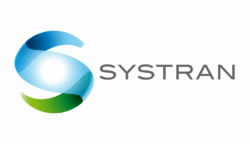 Systran has evolved from its rule-based roots to become an adaptable DeepL alternative with a focus on customizable neural machine translation for specialized industries.
Systran has evolved from its rule-based roots to become an adaptable DeepL alternative with a focus on customizable neural machine translation for specialized industries.
With decades in the translation industry, Systran approaches domain-specific translation with deep institutional knowledge. The platform’s strength lies in its customization capabilities, allowing organizations to build proprietary engines adapted to their terminology and stylistic requirements.
For security-conscious organizations, Systran offers on-premise deployment options that address data privacy concerns. However, these capabilities come with greater complexity and a steeper learning curve compared to more user-friendly solutions like Lara Translate, which achieves similar customization benefits through more accessible interfaces.
Key strengths: Customizable neural machine translation engines; on-premise deployment options; domain adaptation capabilities; support for more than 50 languages; enterprise integration options.
Notable limitations: Steeper learning curve for customization; premium pricing structure; less intuitive interface than modern alternatives.
Making the right choice: how to select your ideal AI translation tool
| Scenario / Requirement | Lara Translate | Google Translate | Microsoft Translator | Amazon Translate | SYSTRAN |
|---|---|---|---|---|---|
| Business documents with strict tone, terminology, and layout fidelity | ● Glossaries/TMs, instruction control; ~55 formats | ○ Broad coverage; less nuance | ○ Strong in M365; quality varies by pair | ○ Pipeline-capable; needs setup | ○ If on-prem is required |
| Legal/regulated content where errors are costly | ● Consistency; explain-choices/flags (+ human review) | ○ For quick gist only | ○ Enterprise compliance posture | ○ Secure setup possible on AWS | ○ On-prem/private cloud option |
| Marketing copy that must preserve brand voice | ● Style controls; learn-from-edits loops | ○ Fast draft; lighter tone control | ○ Fits M365 content ops | ○ Embed in custom CMS flows | ○ Domain customization possible |
| Need the broadest language coverage and utilities (camera/chat) | ○ Expanding coverage focus | ● Very wide coverage; easy access across devices | ○ Also broad; strong in M365 | ○ Broad via API; dev-first | ○ Enterprise key pairs |
| Operate inside Microsoft 365; need meeting captions & compliance | ○ Use for higher doc quality | ○ Utility coverage if needed | ● Deep Teams/Office integration; Azure controls | ○ If workloads run on AWS instead | ○ If on-prem policy applies |
| AWS-native app/workflow; dev-led, scalable embedding | ○ Pair for business-grade outputs in pipeline | ○ Google Cloud alternative (if GCP) | ○ Azure alternative (if Azure) | ● Elastic API; easy embedding; IAM/regions | ○ On-prem/extreme compliance cases |
| On-prem/private cloud due to strict data policies | ○ Enterprise options; EU residency | — | — | — | ● Mature on-prem deployment; domain engines |
| High-volume API with variable monthly usage | ○ Use for critical docs within API flows | ● or Amazon: pay-as-you-go; elastic scale | ○ Azure consumption model option | ● or Google: elastic; dev-friendly APIs | — |
Assess your usage context first
Different environments have dramatically different requirements that influence tool selection. For personal use, accessibility and cost-effectiveness typically matter most, while professional contexts require accuracy, consistency, and integration capabilities.
When implementing translation for global teams, security, customization, and workflow integration become critical factors. The best approach identifies where translation fits in your broader processes and which features deliver real value for your specific context.
Specialized Translation Language Models like Lara Translate often provide the best balance for professional contexts, combining AI efficiency with the quality needed for important business communications.
Consider language pair requirements
Quality varies significantly across language pairs even within the same service. While some tools cover more languages, others deliver superior results for specific language groups where they’ve focused development efforts.
For frequently translated language pairs in business contexts, prioritizing translation quality and domain-specific accuracy typically delivers better results than simply choosing the service with the most languages. The depth of quality for your specific language needs often matters more than breadth of coverage.

Balance volume needs with budget reality
Your expected translation volume significantly impacts which pricing model makes sense:
Low-volume translation needs might be satisfied with free tiers or pay-as-you-go models, while moderate volume often works best with subscription services that provide enhanced features at predictable costs. High-volume enterprise users typically benefit from volume-based pricing with customization options.
For enterprise deployments, consider the total cost including integration, customization, and quality assurance rather than just per-word fees. The full picture often reveals that specialized tools deliver better overall value by reducing errors and streamlining workflows.
Prioritize system integration
Seamless integration with your existing technology dramatically improves efficiency and user adoption. Consider how translation tools connect with your document systems, communication platforms, and content workflows.
The right integration removes friction points and makes translation a natural part of your processes rather than a separate activity requiring extra steps. Purpose-built translation engines with strong API documentation and pre-built connectors typically provide the best foundation for integrated workflows.
Why specialized Translation Language Models are transforming professional translation
The emergence of specialized Translation Language Models (T-LMs) addresses fundamental limitations in general-purpose language models when applied to professional translation needs.
Domain specialization delivers superior results
General-purpose LLMs demonstrate versatility across many language tasks, but their broad training sacrifices depth in specific domains. In contrast, specialized T-LMs like Lara Translate focus exclusively on translation quality, training on professional translations rather than general internet text.
This targeted approach delivers measurably better results for business communications, legal documents, and other professional content where precision matters. By concentrating all their learning capacity on translation excellence, specialized models achieve higher accuracy for professional contexts.
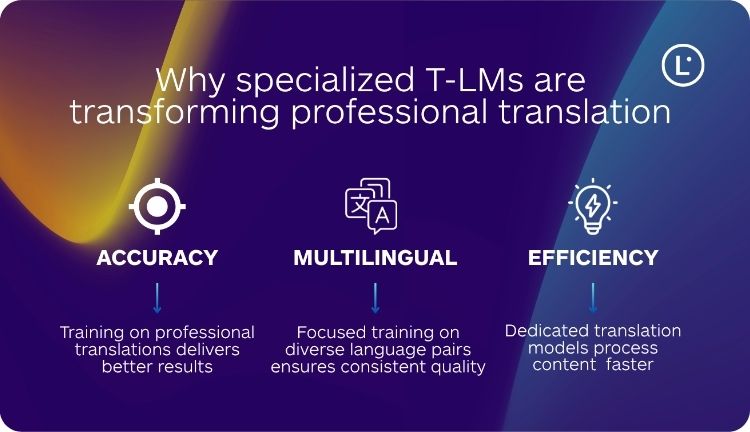
Non-English language performance improves dramatically
One persistent challenge in AI translation involves performance gaps with non-English languages, which are typically underrepresented in general LLM training data. Specialized T-LMs address this limitation through focused training on diverse language pairs.
Models like Lara Translate specifically optimize for multilingual performance, ensuring consistent quality regardless of language pair. This balanced approach proves particularly valuable for global organizations working across multiple markets.
Speed and efficiency create practical advantages
Dedicated translation models process content substantially faster than general-purpose LLMs, creating practical advantages for time-sensitive applications and high-volume workflows. This performance difference stems from specialized architecture optimized specifically for translation.
These efficiency gains compound with scale, making specialized T-LMs particularly valuable for enterprise translation needs where both speed and quality matter.
Pros and cons at a glance
-
Breadth vs depth. More languages often means less domain nuance.
-
Speed vs control. Faster APIs can lack glossary enforcement and style control.
-
Cloud vs on-prem. Cloud is simpler; on-prem enables tighter data control.
-
General LLM vs T-LM. General models are versatile; Translation LMs like Lara Translate win on consistency, tone, and domain fidelity.
The hybrid future: combining human expertise with AI translation
Despite advances in AI translation technology, human expertise remains essential for many content types. The most effective approach combines the complementary strengths of both, leveraging technology for efficiency while preserving human judgment for critical decisions.
AI excels at processing high volumes quickly, handling routine content consistently, providing initial drafts for refinement, and supporting real-time communication needs. These capabilities transform translation workflows by automating mechanical aspects while freeing human resources for higher-value tasks.
Human translators provide irreplaceable value through cultural adaptation, handling nuanced content, quality assurance, domain expertise, and continuous improvement feedback. This human element ensures translations resonate appropriately with target audiences and maintain the intended impact across language barriers.
The optimal approach combines these strengths through structured workflows: using AI for first-pass translation, applying human post-editing selectively based on content importance, implementing appropriate quality assurance, establishing feedback loops, and matching technology to content type.
This hybrid methodology leverages language AI and communication barriers solutions while preserving the irreplaceable human understanding of context, culture, and communication intent that defines truly excellent translation. Tools like Lara Translate are designed to support this collaborative approach, serving as powerful augmentation for human expertise rather than complete replacements.
FAQs
What makes specialized Translation Language Models better than DeepL for business translation?
Specialized Translation Language Models (T-LMs) like Lara Translate offer superior business translation quality compared to DeepL because they’re specifically trained on high-quality professional translations rather than general internet content. These best AI translators for 2025 deliver more accurate contextual understanding, better handling of industry terminology, and improved performance with non-English languages. Unlike general AI models, specialized T-LMs focus exclusively on translation excellence, resulting in business communications that maintain their intended meaning and professional tone across languages.
Are free AI translation tools sufficient for professional business use?
Free AI translation tools generally fall short for professional business use where accuracy and context matter. While tools like Google Translate’s free tier can handle basic communications, professional business contexts require premium solutions that offer better accuracy, customization options, and security features. The potential cost of miscommunication—through lost sales, damaged reputation, or legal complications—typically justifies investment in specialized AI translation tools like Lara Translate that deliver higher quality business translations and integration capabilities essential for professional workflows.
How can I choose the best AI translator for my specific needs in 2025?
Selecting the best AI for translation in 2025 requires evaluating your specific needs across four key dimensions: usage context (personal vs. professional), language pairs required, translation volume, and system integration needs. For professional contexts, specialized tools like Lara Translate offer superior business translation quality. For high-volume needs, consider subscription or pay-as-you-go pricing models. Prioritize solutions that integrate smoothly with your existing systems and workflows. For the most accurate decision, test multiple AI translation tools with your actual content before making a long-term commitment.
What advantages do AI translation tools have over human translation in 2025?
Modern AI translation tools offer several advantages over pure human translation: they provide near-instantaneous translations of large volumes of content, operate 24/7 without fatigue, maintain perfect consistency in terminology across documents, and cost significantly less per word. The best AI translators in 2025 like Lara Translate can process content approximately 20 times faster than previous generation systems, enabling real-time translation for global team collaboration and customer communications. However, for high-stakes content, the optimal approach combines AI efficiency with human expertise through hybrid translation workflows.
This article is about
- Exploring high-performance DeepL alternatives that offer competitive features and capabilities in 2025
- Comparing the best AI translators based on accuracy, language support, pricing, and unique capabilities
- Analyzing specialized Translation Language Models (T-LMs) as advanced AI translation tools
- Evaluating which AI translation tool might be right for your specific needs and use cases
- Highlighting how Lara Translate emerges as a powerful contender among modern translation tools
Have a valuable tool, resource, or insight that could enhance one of our articles? Submit your suggestion
Useful articles
- Speech translation AI: how artificial intelligence transforms real-time voice communication
- Best business tools 2025: our complete guide to powering your growth
